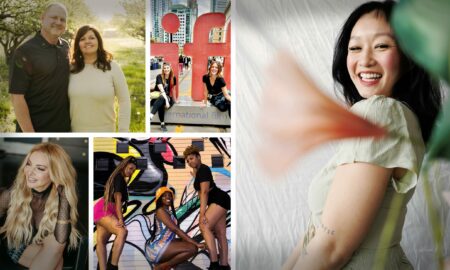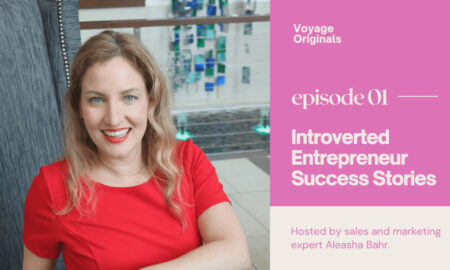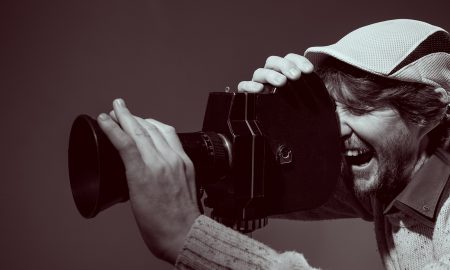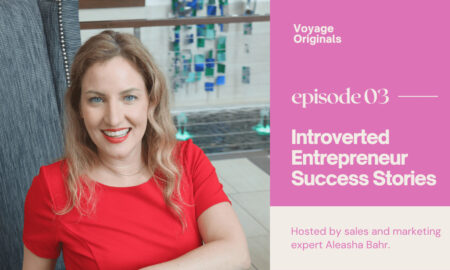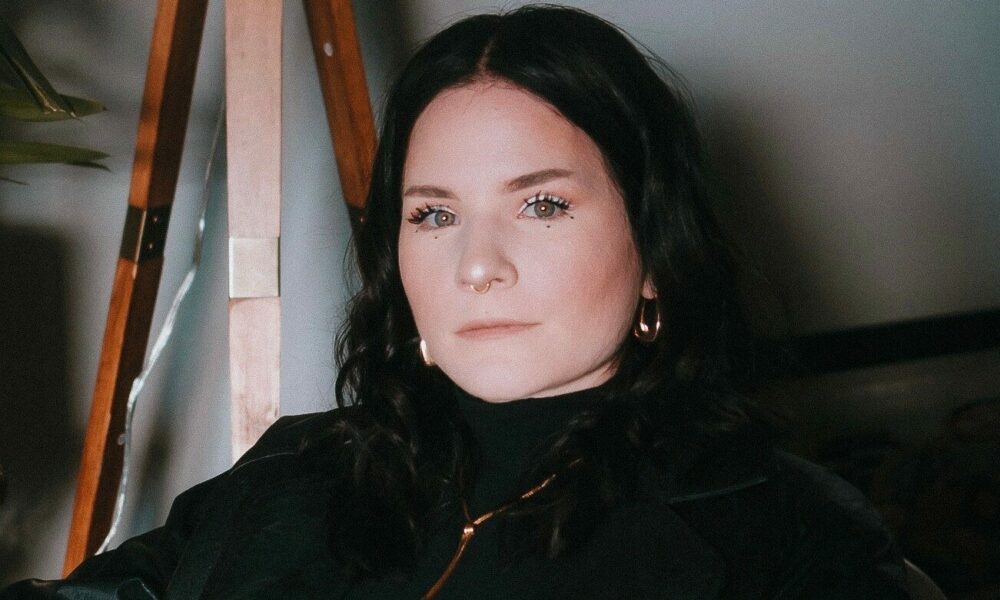

Today we’d like to introduce you to Madeline Brice.
Hi Madeline, thanks for joining us today. We’d love for you to start by introducing yourself.
I was born and raised in Springfield, Missouri, but I currently live and work in KCMO. When I first moved to KC in August of 2019, I was living and working out of a 380 square foot studio apartment on Broadway, but in the last year, I moved into a two story house and turned my basement into a studio/woodworking space so that I could wholly intertwine my work/life balance. I know no boundaries.
I was educated traditionally through an arts program at a university. I hold both a BFA in painting and a BA in art history from Missouri State University. I actually started out my undergrad in a music program as a vocal performance major but quickly realized that wasn’t for me. I found out that I love the limelight, but in a more indirect way, so I turned to art-making. But really I’ve always been making. In grade school, my work was included in several shows at the Springfield Art Museum and my mom still has a Georgia O’Keefe influenced oil pastel that I drew in high school framed and hung on her living room wall. I have always loved the very visceral response that painting invokes in me. The translation of three-dimensional ideas onto a two-dimensional surface is a language in and of itself and, while I may expand and explore other realms or mediums, I will always be a painter.
I’ve been publishing and exhibiting my work for about seven years now and have been working in the arts as an arts professional since 2017.
Would you say it’s been a smooth road, and if not what are some of the biggest challenges you’ve faced along the way?
But of course not. What is life without struggle? For me, my obstacles, my traumas, are what inform and influences my work. My studio practice has acted as a therapeutic medium to process my emotions and heal. My work is about substance abuse, sexual trauma, reproductive trauma, mental health issues, and familial strain.
I primarily paint on reflective surfaces like mylar and aluminum in an effort to visually represent how my brain processes information. I began working with mylar after I was commissioned to do an installation for the Springfield Art Museum in 2018 for a themed fundraising event. My chosen concept was house of mirrors. While planning this installation, I went through a severely traumatic sexual and reproductive experience which landed me in extensive therapy and a diagnosis of Depersonalization/Derealization Disorder, which is a mental health condition that can cause you to experience a persistent or recurring feeling of being outside of your body (depersonalization), a sense that what’s happening around you isn’t real (derealization), or both. While swimming through the fog inherent with this disorder, I began hunting for reflective materials for my install, and ultimately I came across mylar. It interacts with the environment much like a funhouse mirror. For the install, I used plain pieces of mylar for the guests to interact with and take pictures within and I realized that I wanted to start painting these reflections back on top of the mylar. If you Google DPDR a general symptom is unfamiliarity. People or places you’ve known your entire life suddenly feel unfamiliar and unreal in the worst way possible. I felt that the distortions mylar causes accurately represented my visual perception disorder at its worst.
For me, and probably for many other creatives, the biggest obstacles towards creative freedom are financial stability and mental health. But I’ve also learned to use portions of these obstacles to my advantage.
Can you tell our readers more about what you do and what you think sets you apart from others?
I am a painter at the core of my practice, but I am truly a jack of all trades. I enjoy many mediums aside from painting. I do woodworking, sculptural work, photography, illustration, and graphic design. I’ve always been the type that wants to learn a new trade from the ground up. I find a lot of pride in my ability to take almost any project that’s sent my way and bring it to fruition in my own unique way. I don’t really have a niche, which some might say is limiting, but I find it freeing. It leaves a lot of room for exploration.
The crisis has affected us all in different ways. How has it affected you and any important lessons or epiphanies you can share with us?
I’ve learned that nothing is permanent. If you don’t like something, change it. In the past year and a half, I have been let go from a job, spent two months unemployed, started a new job in healthcare only to decide to leave that job to rededicate myself to my practice, then started working in a position that gives me creative freedom. I know I’m not alone in saying that the Covid-19 crisis has been pressing for everyone and, for me, my practice has suffered at the extent of it. I often reach these tipping points with my work/life balance where work quite literally suffocates my process, leaving me unable to create anything of substantial resolve. It’s when I reach these moments of clarity that I allow myself the space and time to expand and explore. It’s been a time of reflection and rest. I’m uncertain about the near future, but for the first time in a long time, I feel hopeful.
Contact Info:
- Email: [email protected]
- Website: www.madelinebrice.com
- Instagram: @madelinebrice.art
- Other: TikTok – @madelinebrice.art
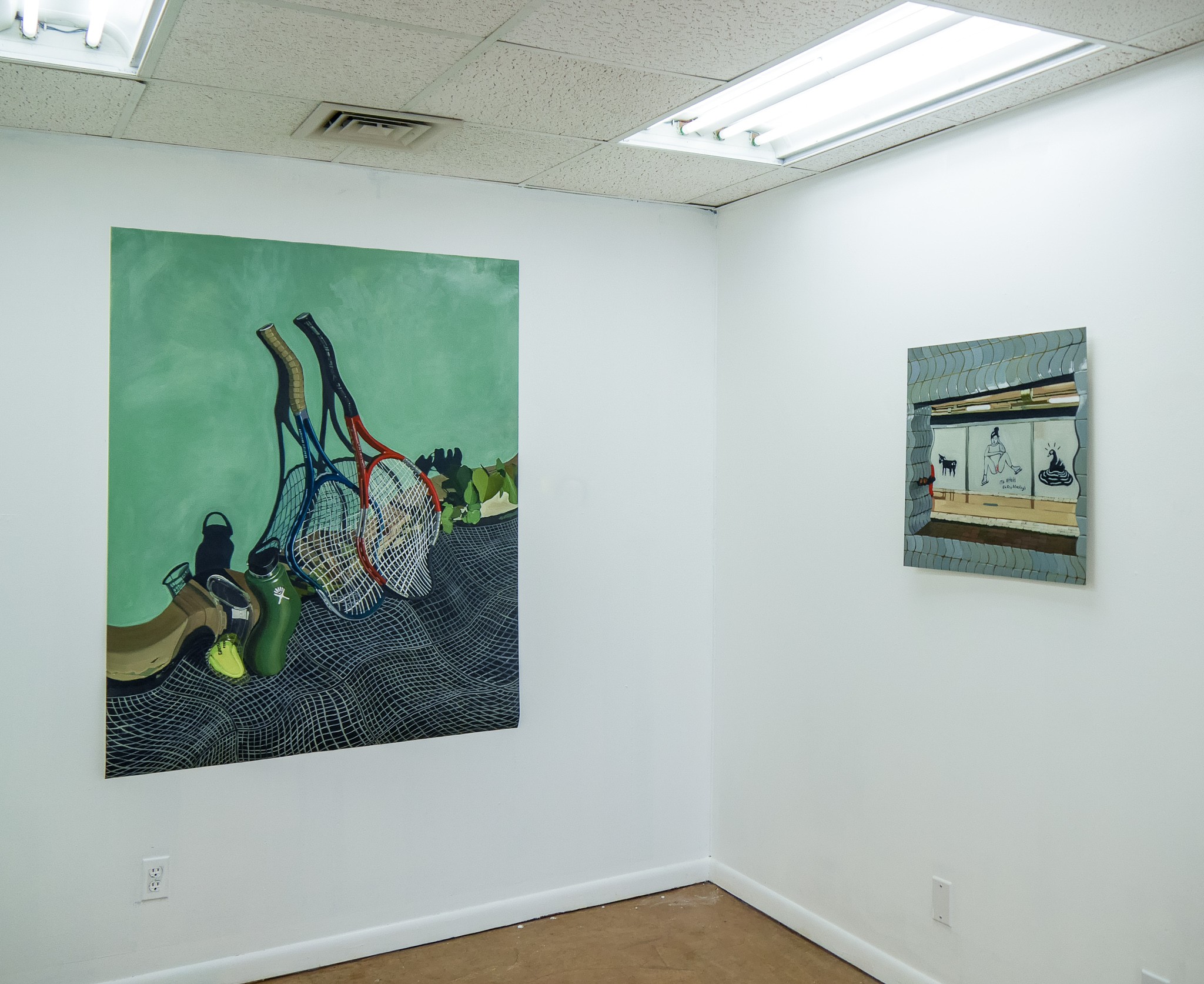
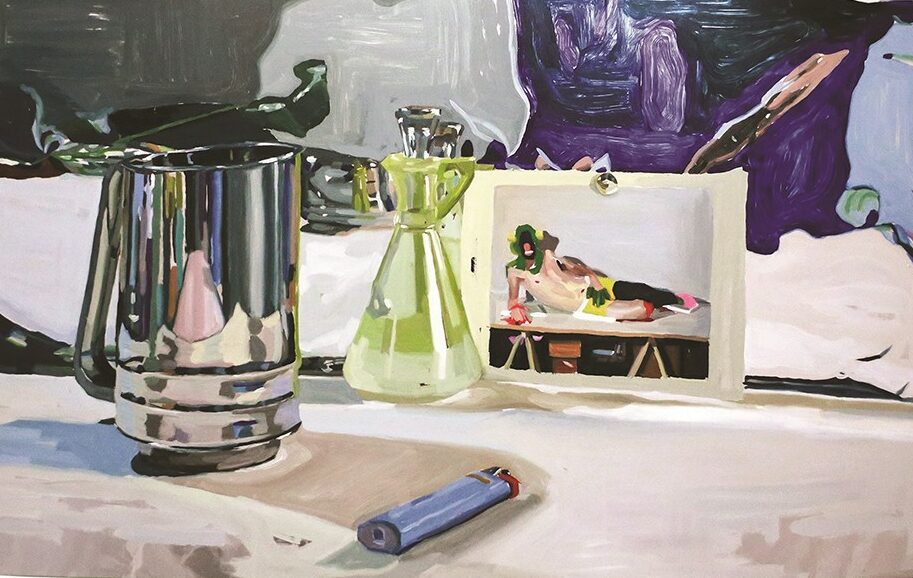
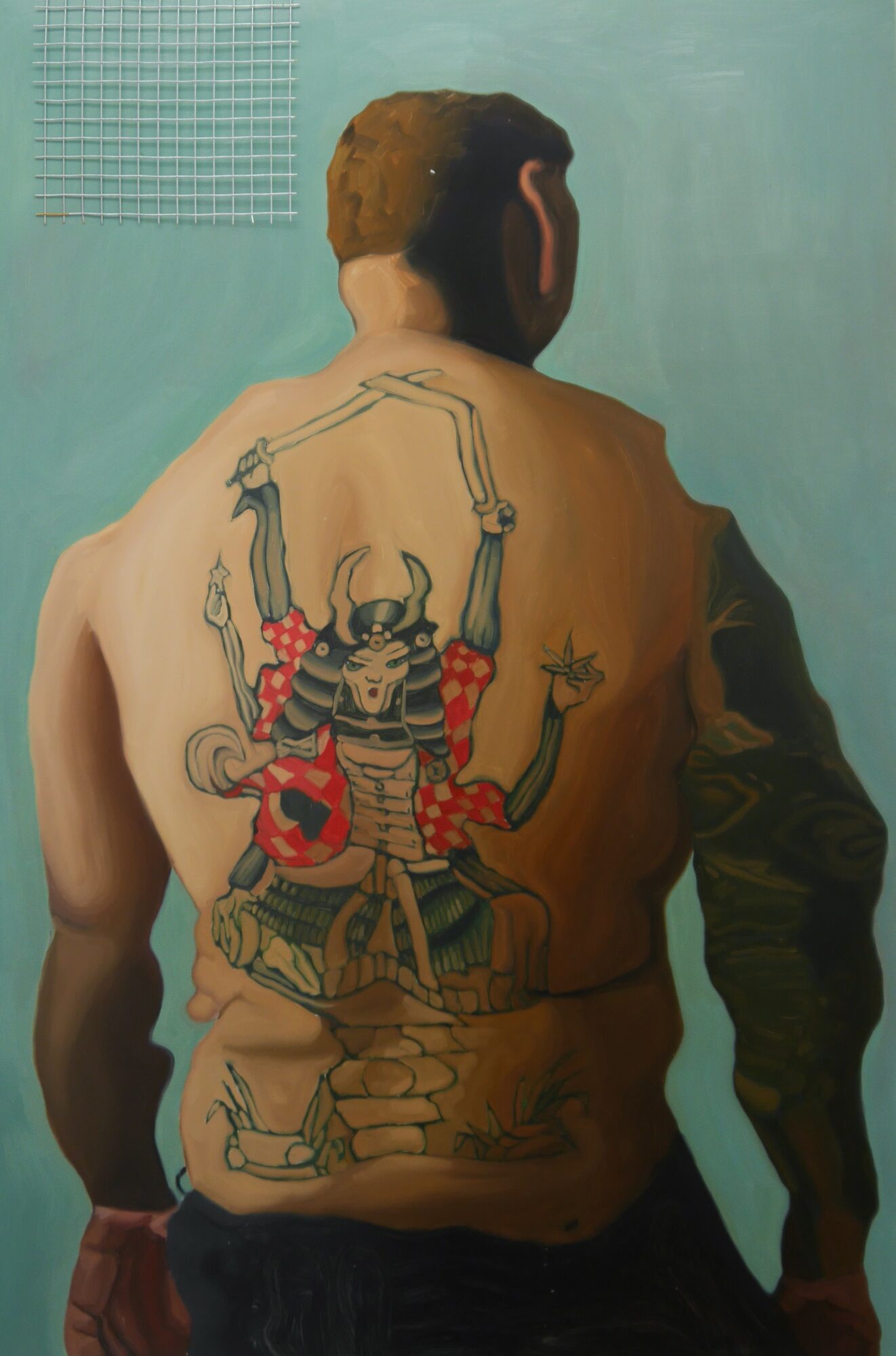
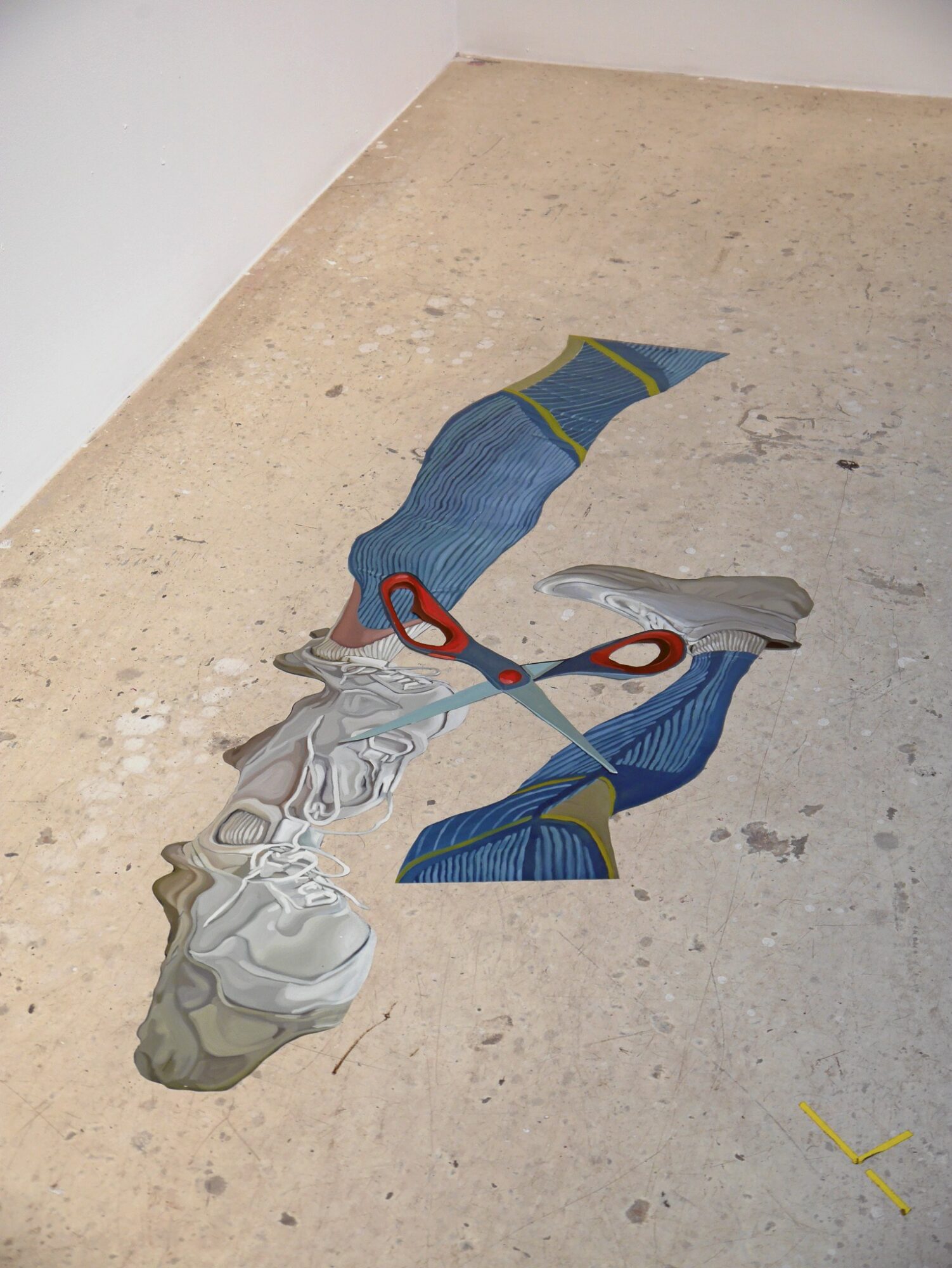
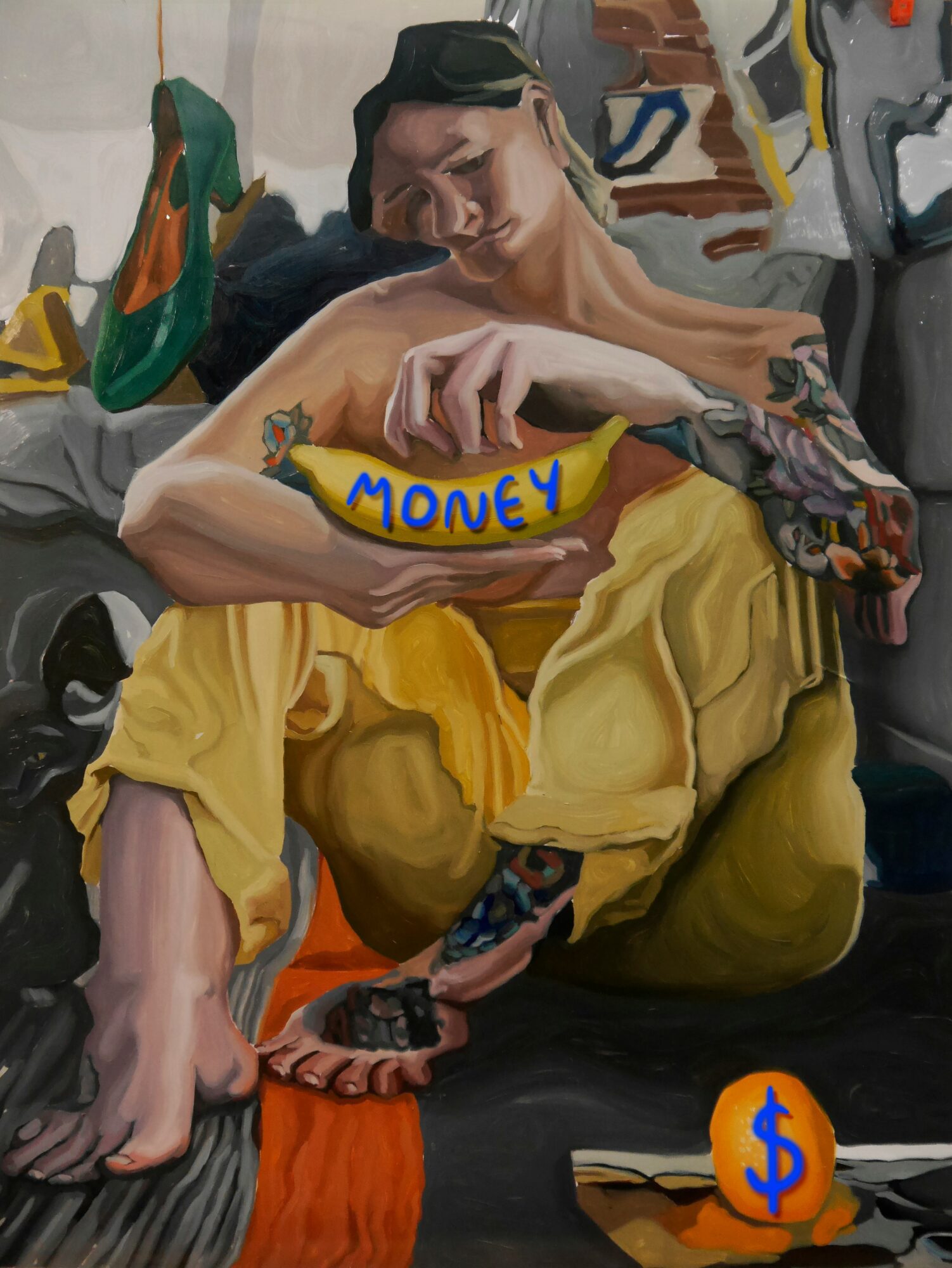
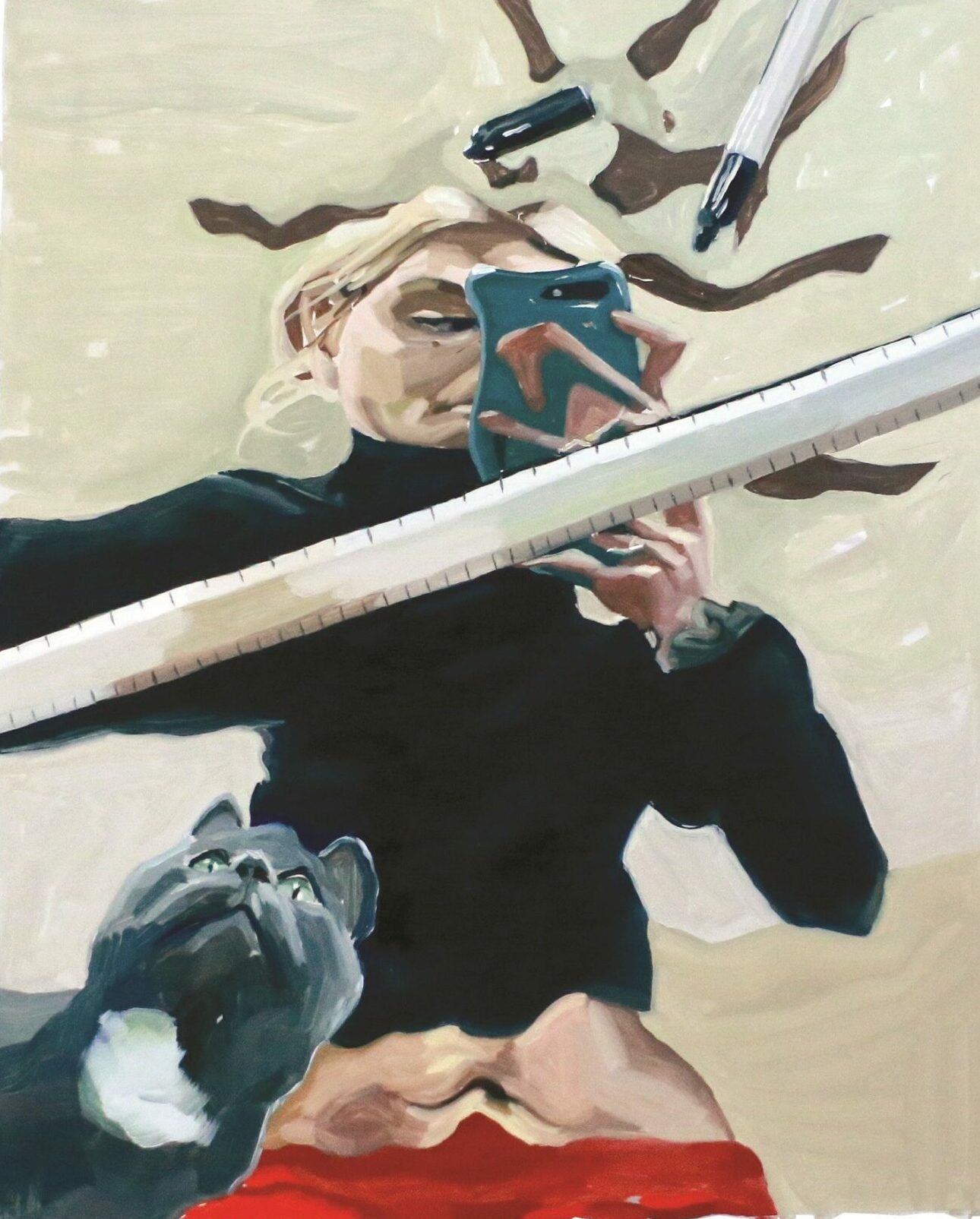
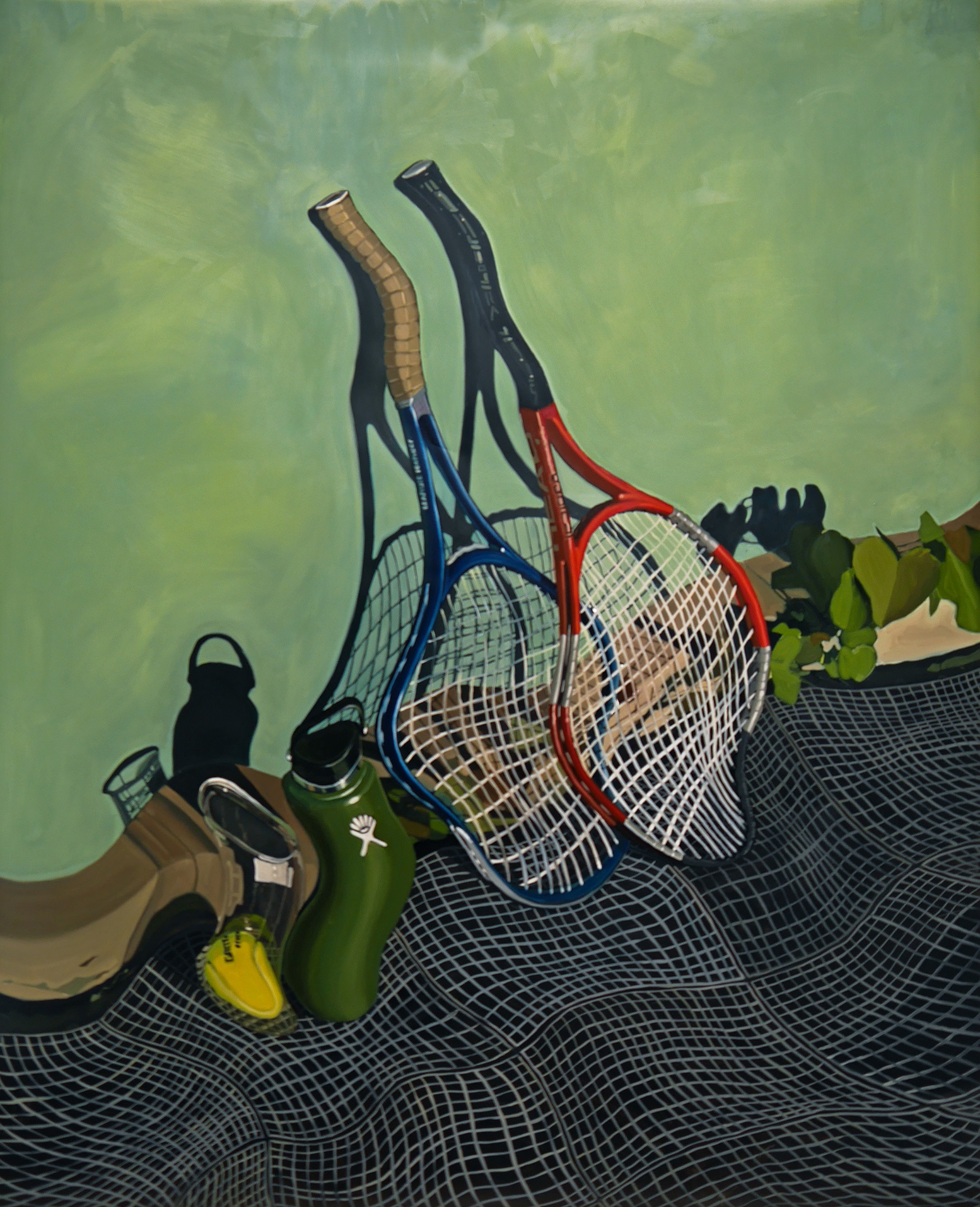
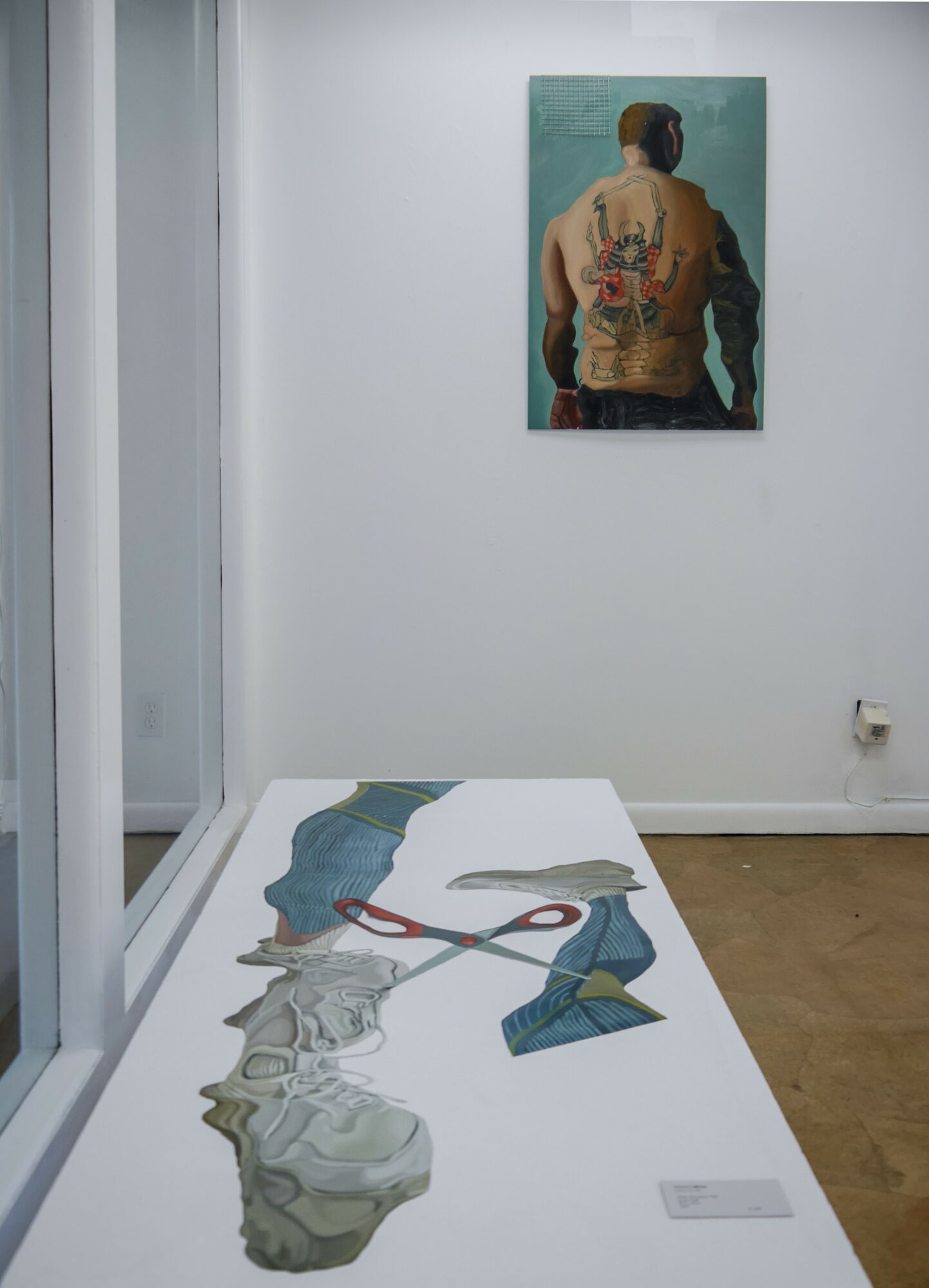
Image Credits:
Portrait of me taken by Juan Pardo. All artwork photos taken by me.

